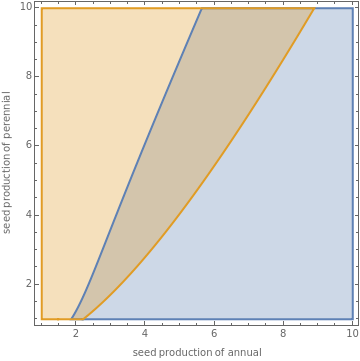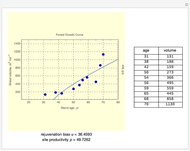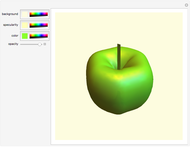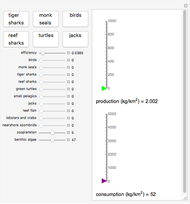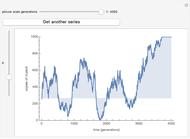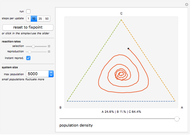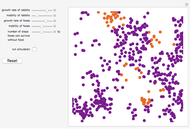Pathogen Spillover Effects on Coexistence of Competing Host Species

Requires a Wolfram Notebook System
Interact on desktop, mobile and cloud with the free Wolfram Player or other Wolfram Language products.
When does a shared pathogen help competing host species to coexist, and when does the pathogen help one host to out-compete the others? This model, based on an invasive annual grass, a native perennial grass, and the seed pathogen they share, shows that the pathogen’s effects on coexistence depend on how efficiently the plant species can infect each other. The axes represent the seed production of the two species. In the blue region the annual species persists, in the pink region the perennial species persists. Coexistence is possible in the purple region of overlap, while white space represents priority effects, in which species persistence is unpredictable.
Contributed by: Erin A. Mordecai (October 2011)
Open content licensed under CC BY-NC-SA
Snapshots
Details
Snapshot 1: when both species infect themselves more readily than they infect their competitor, the species can coexist in a large region of parameter space
Snapshot 2: pathogen spillover from the annual to the perennial creates a priority effect: the system becomes unstable and we cannot predict species persistence
This model assumes that 90% of infected annual seeds germinate before they can be killed by the pathogen, while 10% of infected perennial seeds germinate before they are killed. In the absence of the pathogen only the perennial grass would persist, because its long-term adult survival affords it higher fitness than the annual grass.
